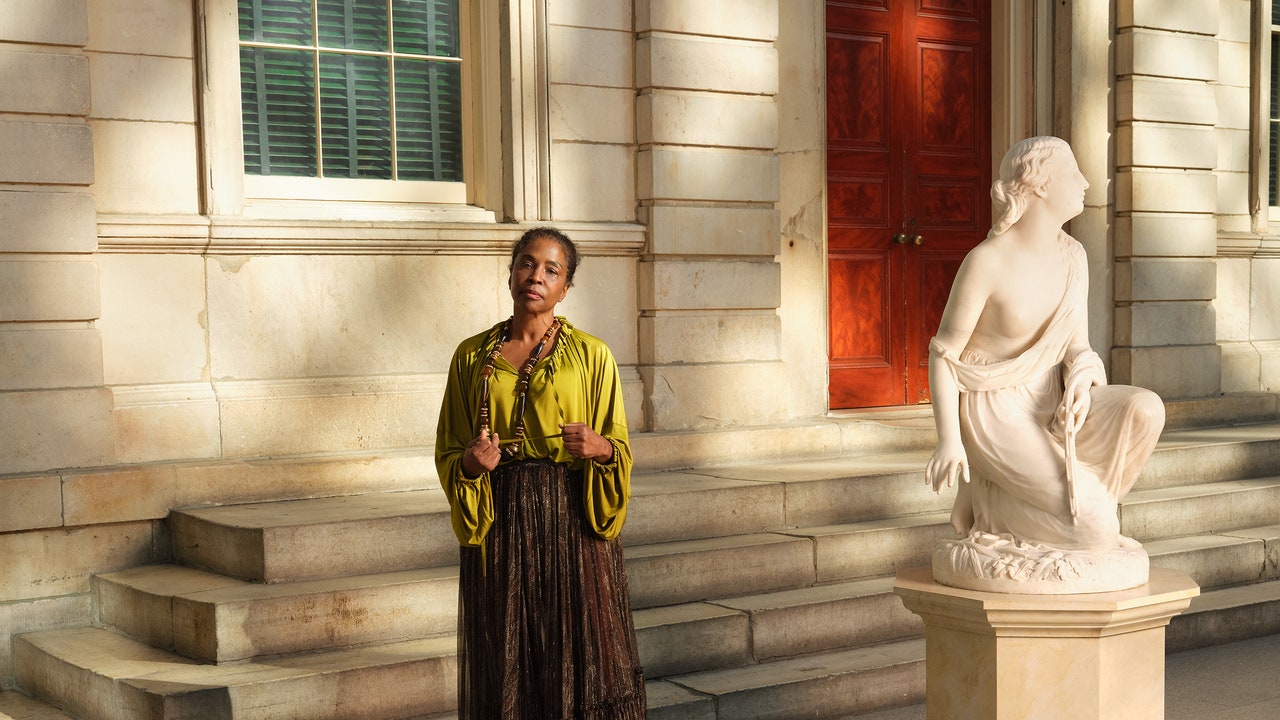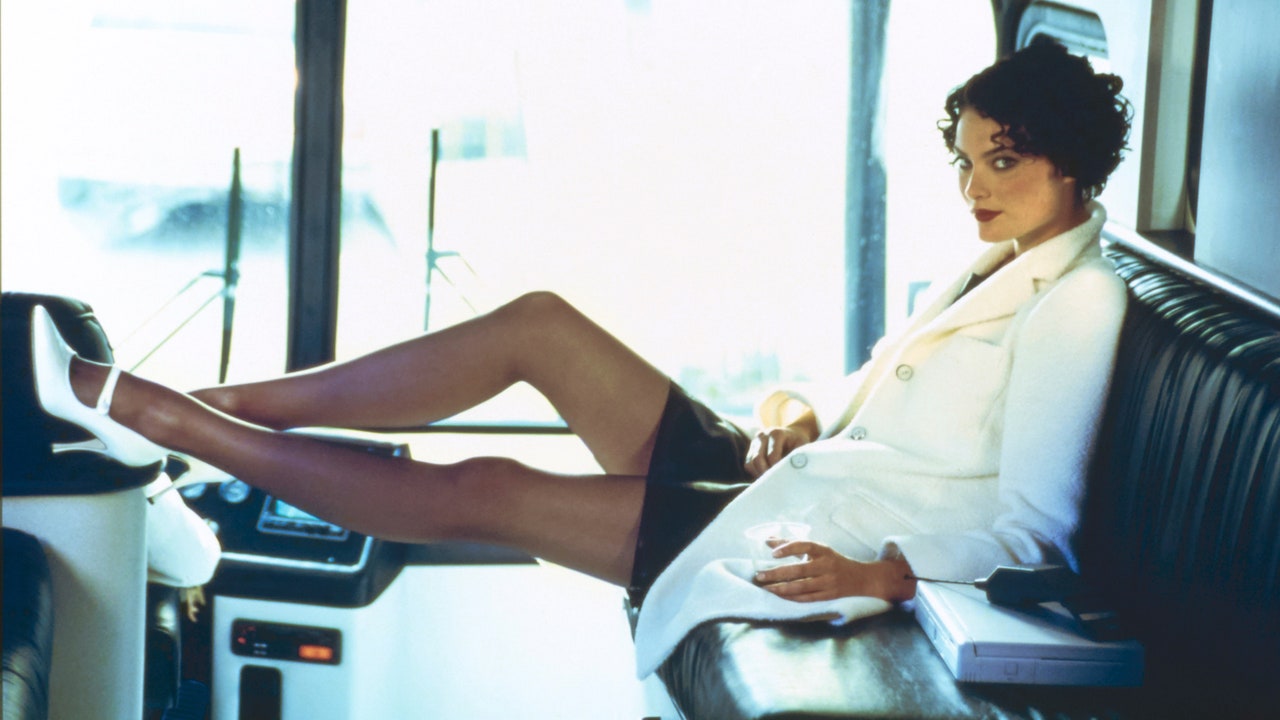Not many artists have discovered their approach ahead throughout an earthquake. Lorna Simpson, whose pioneering conceptual images and multimedia work over greater than three many years had already established her as a significant voice for Black feminist artwork, was in a residency program in Sonoma, California, on August 24, 2014, when the world was hit by a 6.0 tremor that killed two individuals and injured 300 others. “It made me a bit fearless,” she tells me. Lorna had been doing drawings and collages for the previous couple of years. Not too long ago she had began to really feel the urge to maneuver into one thing larger and extra bold—particularly, portray—however she hadn’t painted since her first years in school, and he or she didn’t know how one can go about it. “You’re simply nervous about making some work, and the earth is shifting beneath you want a freight practice?” she thought to herself. “Simply make some work! Don’t be so valuable about it. There’s this factor with me of taking dangers and dealing blind and never being utterly sure of what I’m doing. It’s like, simply strive it and see what occurs.” A 12 months later, the much-admired curator Okwui Enwezor confirmed Lorna’s first work on the Venice Biennale. And this Could, the complete vary of her work over the previous decade will likely be featured in an exhibition of their very own at The Metropolitan Museum of Artwork.
“For me, Lorna Simpson is a hero,” says David Breslin, The Met’s curator in command of the division of contemporary and modern artwork. “She is a conceptual artist who made us rethink what conceptual artwork was—what artwork was—at a selected second. I see Lorna as a kind of artists, with Barbara Kruger and Jenny Holzer and Louise Lawler, and likewise David Hammons, who makes use of each software at their disposal to get their level throughout. I really like the arrogance of an artist who’s keen to counsel that, ‘I must reinvent what you consider me, however I’m not reinventing myself. I’ve at all times been this fashion.’ ”
Rising up in New York—first Brooklyn, then Queens—Lorna was the one little one of culture-loving mother and father (Cuban Jamaican father, African American mom) who took her to concert events and theater and ballet in addition to to artwork museums. (Lorna would do the identical together with her daughter, Zora Simpson Casebere, now an actor and author dwelling in Los Angeles, the place Lorna has a home and visits typically.) “I spent my childhood and younger maturity going to The Met,” she says. This continued all through her years at Manhattan’s Excessive College of Artwork and Design and later on the College of Visible Arts. “In my first 12 months of faculty, I went to see The Met’s Zurbaráns, that are non secular and really intense—out of the custom of self-mutilation, adoration-for-God form of work. And to at the present time, I keep in mind taking a look at his portray of a lady, standing in a crimson cloak. It’s a really tall portray and he or she’s holding two breasts on a plate.” (The girl is Saint Agatha and the breasts are hers.) “The bodily mutilation and the calm, calm presentation—I assumed it was loopy and likewise very highly effective. That was an enormous lesson for me, an illustration of the ability of images and material and likewise of scale—not being large for giant’s sake, however when all of these issues come collectively.”
Her first portray, True Worth, did simply that. 9 ft tall, bigger than life, it reveals a lady in a leopard-print gown and jacket, strolling her pet cheetah on a leash. However one thing’s off. The cheetah has the face of its proprietor, whose face is now the cheetah’s. The picture is taken from In Furs, a collage she made 5 years earlier, utilizing {a photograph} from Jet journal. Jet and Ebony are frequent sources for Lorna, who typically mines her personal work. Within the portray she shifted the sunshine from day to nighttime: a darkish, purple-blue, midnight sky. “There’s such surrealness and absurdity in [the Jet] picture itself,” she says. “I simply reversed issues, switching the pinnacle of the cheetah with the pinnacle of the girl. After I consider what it took to place that shoot collectively—they have been out of their minds in a really lovely and surreal approach.”


